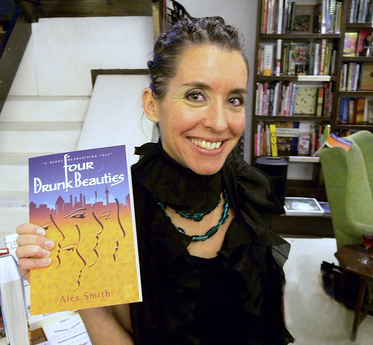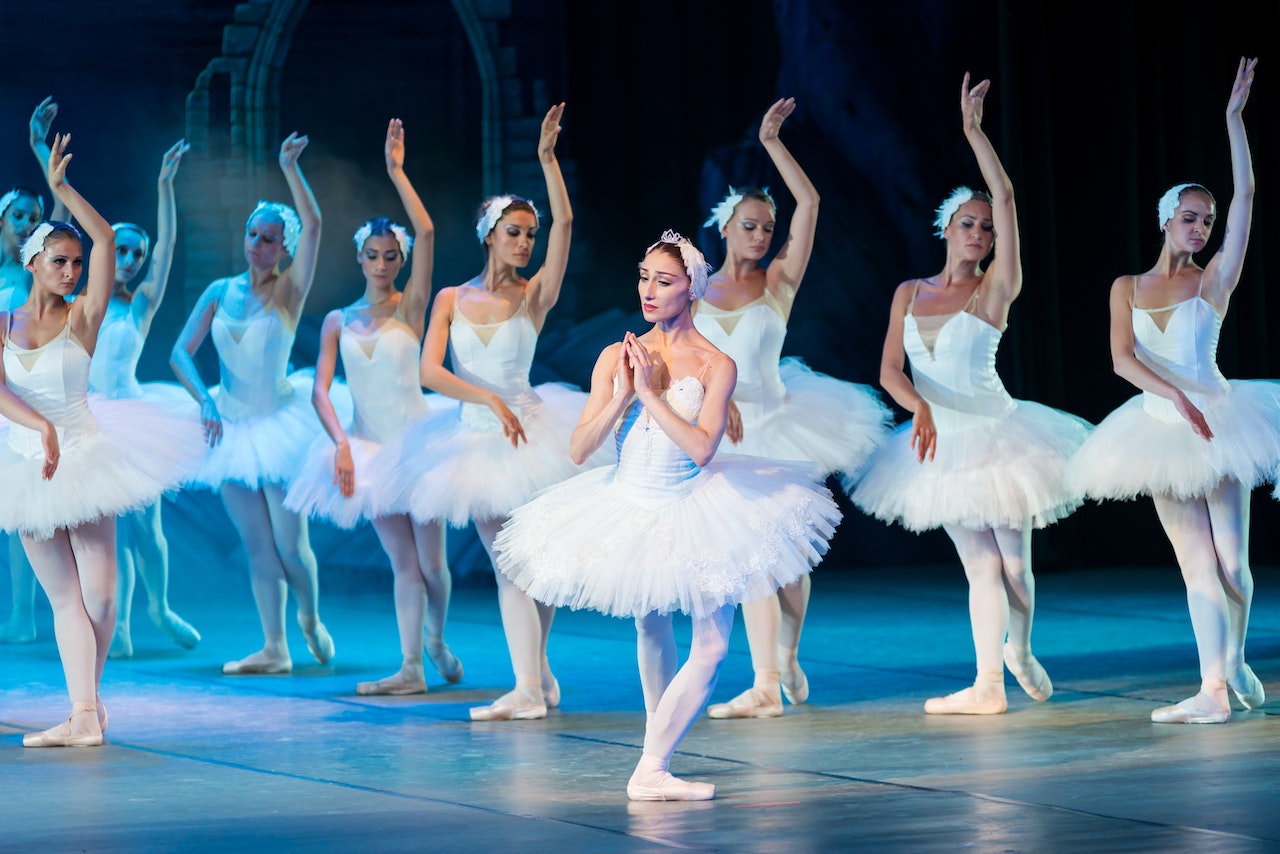Crafting beautiful prose is not an easy task. It takes a great deal of practice and skill to master. But writing well is not just about fancy words or complex sentence structures. Instead, it is about creating a vivid and engaging experience for the reader. The language should flow naturally, and the words should be carefully chosen to create a particular mood or atmosphere. In this article, we’ll explore some of the most effective techniques for crafting engaging prose.
Create vivid imagery
One technique is the use of vivid imagery. This technique is essential for writing excellent prose because it has the power to evoke emotions and set the atmosphere, creating a picture in the reader’s mind.
For example, in her novel To the Lighthouse, Virginia Woolf describes the morning as follows: ‘So fine was the morning except for a streak of wind here and there that the sea and sky looked all one fabric, as if sails were stuck high up in the sky, or the clouds had dropped down into the sea.’ The beauty and tranquillity of this imagery set the tone for the rest of the novel.
Use figurative language
As well as creating a mental image for the reader, truly outstanding prose delivers a message beyond the literal interpretation of words. Writers use figurative language, such as metaphor, simile and other literary devices, to give their prose a greater depth of meaning.
In F. Scott Fitzgerald’s The Great Gatsby, the green light at the end of Daisy’s dock is not simply a green light. Rather, it is a metaphor that represents Gatsby’s hope for the future and the unattainable nature of his dreams: ‘Gatsby believed in the green light, the orgastic future that year by year recedes before us. It eluded us then, but that’s no matter–tomorrow we will run faster, stretch out our arms farther…’.
Create a pleasing rhythm in your lines
Just like spoken language, prose needs to ‘sound’ good to the reader. Rhythm is the pattern of stressed and unstressed syllables in a sentence or phrase, while cadence is the rise and fall of the tone and pitch of the words. Both techniques give writing a musical quality, making it more pleasing to read or listen to. They can also add another layer of meaning to the language.
For example, in Hamlet, Shakespeare uses iambic pentameter to create tension and give urgency to Hamlet’s dilemma: ‘To be or not to be, that is the question.’
Use repetition for emphasis
Repetition is a technique that is closely related to rhythm. Repeating words, phrases or ideas can create emphasis and reinforce a particular theme or mood. Toni Morrison writes in Beloved, ‘In this here place, we flesh; flesh that weeps, laughs; flesh that dances on bare feet in grass. Love it. Love it hard. Yonder they do not love your flesh. They despise it.’ This repetition of the word ‘flesh’ highlights the shared nature of the characters’ experience and emphasises the lasting impact of the trauma.
Use dialogue to enliven your writing
Finally, dialogue (conversations between characters) is of utmost importance. Adding compelling dialogue to prose reveals character, advances the plot and ensures a sense of realism. In Ernest Hemingway’s The Sun Also Rises, dialogue highlights the ambiguity and tension between the characters, when he writes:
Oh Jake,” Brett said, ‘We could have had such a damned good time together.’
Ahead was a mounted policeman in khaki directing traffic. He raised his baton. The car slowed suddenly, pressing Brett against me.
Yes,” I said. ‘Isn’t it pretty to think so?’
Of course, not all writers use the same techniques in the same way. But vivid imagery, figurative language, rhythm, repetition and compelling dialogue are among the most essential skills to master when it comes to writing beautiful prose.













